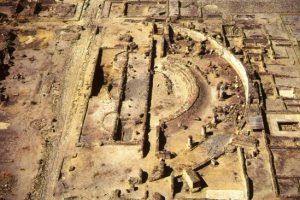
In the 700s BC, Greeks migrated across southern Italy and settled the land known as Magna Graecia. The first of these settlements – where 100,000 of the wealthiest and most prosperous congregated – was Sybaris. The Sybarites, whose name is now synonymous with opulence and luxury originated la dolce vita for which Italy is famous.
Legend says the residents of this fine Magna Graecia city amused themselves by teaching their horses to dance. Their hated arch-rivals in Kroton (modern-day Crotone), used this to their favor and sent a pipe band into town as they attacked. Rather than riding the Sybarites off to war, the horses began dancing and thus, the victory went to Kroton.
To finish them off, the warriors from Kroton diverted the river and drowned the city.
Many residents fled and created a new village called Thurium, which later became an important colony under Roman rule.
Although they were envied for their indulgent lifestyle, they Sybarites were a smart bunch. They were accredited with creating the world’s first traffic-lighting system, minting their own coins and recognizing intellectual property.
Today the ruins at ancient Sybaris and Roman Thurium comprise the world’s largest excavation site, measuring almost 2,500 acres. To put it in perspective for Italophiles who have visited Sibari’s much more famous archaeological cousin, Pompeii , the site there is 124 acres. However, to date, little has been uncovered from Sybaris other than Greek streets, Roman baths and a mosaic-clad villa. Nearby, the National Museum of Sybaritic Archeology houses finds from the excavation site and many people consider that a more useful glimpse into the indulgent and oh so bella vita of ancient Sibari.
***
This article was recently published in Calabria Close-Up, a snippet highlighting Calabria destinations that is part of the My Bella Vita Newsletter bundle. If you would like to read more about the cities, towns and villages of Calabria or want to read about new recipes, tidbits and interesting facts on southern Italy, then subscribe to the newsletters today.
Are you heading to Calabria? Click here to see how I can help you plan your trip.
Photo: Ruins at ancient Sybaris by marinajonica



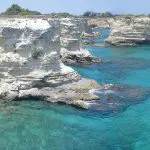
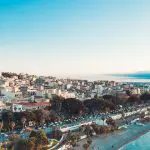

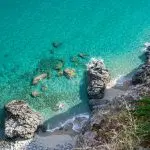
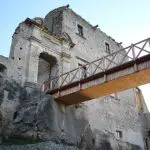

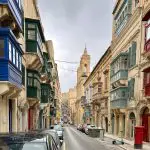
Cherrye,
I loved visiting Pompeii so I can’t wait to visit Sybaris. I so enjoy your blog and that is why I nominated you for the Versatile Blogger Award. Last week I was nominated by Cultural Comments Blog in Vernazza. I wanted to thank you by sending more visitors your way. You can see your nomination with the rules at my blog: http://italyretreat.blogspot.com/2011/12/versatile-blogger-award.html
Thank you for an amazing blog.
Sybaris sounds an ancient place there are lots of places to visit like National Museum, Pompeii and all. It must be the favorite place for my kids.
Love hearing this history from my ancestral home.
Cherrye, this site sounds right up my alley. I want to go. Thanks for the info 🙂
What a coincidence, the other day I was looking for the definition of the word “sybarite.” Now, it is appearing everywhere. I was confused about where the city was located (Italy or Greece). However, your article clears my confusion.
[…] Sibari: Home to the Original Dolce Vita […]